This Organic Thyme & Prebiotic Deodorant is been formulated for busy and health conscious men.
Thyme & Prebiotic Deodorant Ingredients: AQUA (PURE WATER), POTASSIUM ALUM (NATURAL MINERAL), OLEA EUROPAEA (OLIVE) FRUIT OIL*^. HELIANTHUS ANNUUS (SUNFLOWER) SEED OIL*, CETEARYL ALCOHOL (EMULSIFYING PLANT WAX), ZINC RICINOLEATE (FROM CASTOR OIL). BUTYROSPERMUM PARKII (SHEA) BUTTER*^, ALPHA-GLUCAN OLIGOSACCHARIDE (PREBIOTIC), GLYCERYL STEARATE (PLANT DERIVED EMULSIFIER). CETEARYL OLIVATE (FROM OLIVE OIL), CETEARYL GLUCOSIDE (PLANT DERIVED EMULSIFIER), ALOE BARBADENSIS (ALOE VERA) LEAF JUICE POWDER*. LEVULINIC ACID (PLANT DERIVED), ROSMARINUS OFFICINALIS (ROSEMARY) LEAF EXTRACT*, AROMA [EUGENIA CARYOPHYLLUS (CLOVE) BUD OIL*^. THYMUS VULGARIS (THYME) FLOWER/LEAF OIL*, CITRUS LIMON (LEMON) PEEL OIL*, CITRUS AURANTIUM DULCIS (SWEET ORANGE) PEEL OIL*]. SORBITAN OLIVATE (FROM OLIVE OIL), SCLEROTIUM GUM (NATURAL GUM), XANTHAN GUM (CORN STARCH GUM). SODIUM STEAROYL GLUTAMATE (PLANT DERIVED EMULSIFIER), SODIUM LAURYL GLUCOSE CARBOXYLATE (PLANT DERIVED). LAURYL GLUCOSIDE (PLANT DERIVED), POTASSIUM SORBATE, SODIUM BENZOATE, SODIUM CITRATE, SORBIC ACID. CITRIC ACID, EUGENOL*, LINALOOL*, LIMONENE*, CITRAL*, COUMARIN*.
*89.6% ORGANIC
Study:
If you would like to read an article on the links between aluminium in deodorant and breast cancer click HERE. This is from that study: “Aluminium salts are used as the active antiperspirant agent in underarm cosmetics. But the effects of widespread, long term and increasing use remain unknown. Especially in relation to the breast, which is a local area of application. Clinical studies showing a disproportionately high incidence of breast cancer in the upper outer quadrant of the breast together with reports of genomic instability in outer quadrants of the breast provide supporting evidence for a role for locally applied cosmetic chemicals in the development of breast cancer. Aluminium has a genotoxic profile. Aluminium is capable of causing both DNA alterations and epigenetic effects. And this would be consistent with a potential role in breast cancer if such effects occurred in breast cells.
Oestrogen can influence in breast cancer and its action, dependent on intracellular receptors which function as ligand-activated zinc finger transcription factors, suggests one possible point of interference from aluminium. Results reported here demonstrate that aluminium in the form of aluminium chloride or aluminium chlorhydrate can interfere with the function of oestrogen receptors of MCF7 human breast cancer cells both in terms of ligand binding and in terms of oestrogen-regulated reporter gene expression. This adds aluminium to the increasing list of metals capable of interfering with oestrogen action and termed metalloestrogens.”
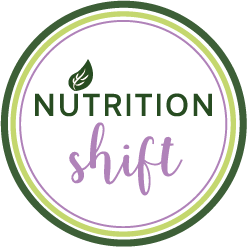
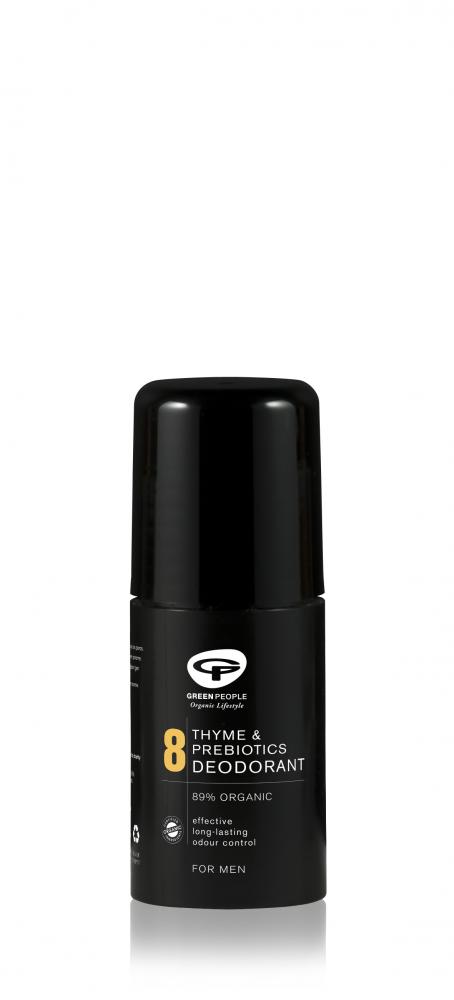
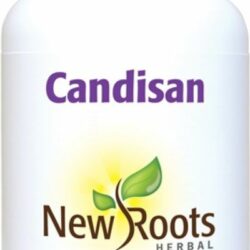
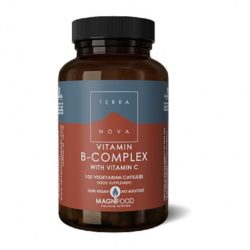
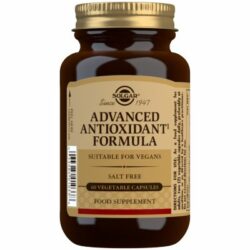
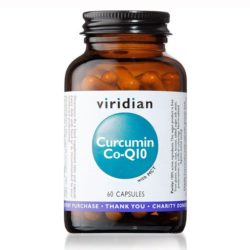
Reviews
There are no reviews yet.